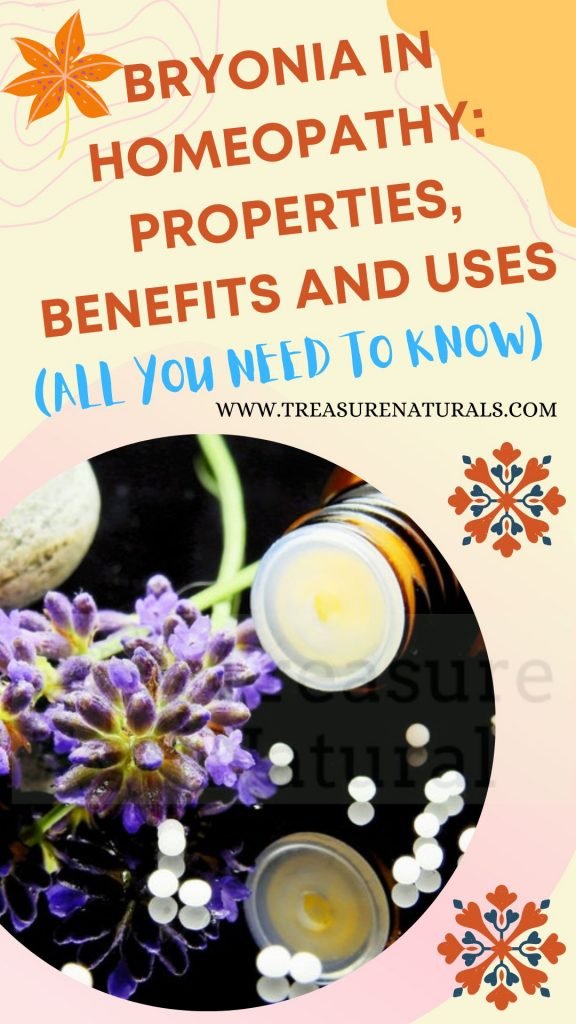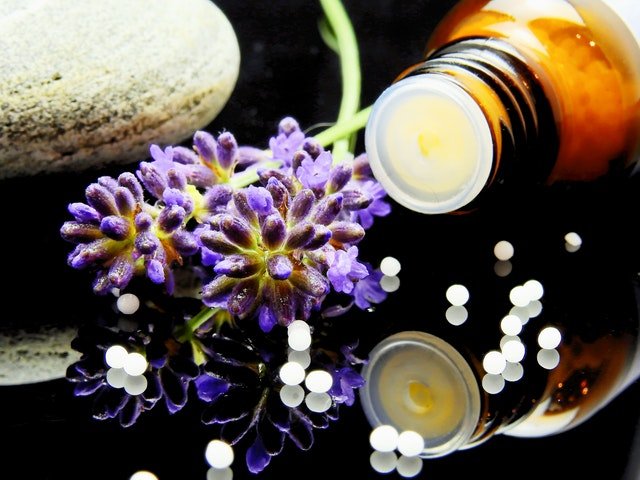
Bryonia is a homeopathic remedy that is obtained from a toxic plant and is useful against bronchitis, dizziness and headaches. Let’s find out more.
Bryonia, whose scientific name is Bryonia alba, is a perennial herbaceous plant of the Cucurbitaceae family, the same as watermelons and pumpkins.
The homeopathic remedy Bryonia is obtained from the mother tincture of the fresh roots of the plant, harvested before flowering, diluted and dynamized. It is also known by the common name of white vine, sea pumpkin or devil’s turnip. In Italy it is very common and lives in almost all regions. The root is fleshy and turnip-shaped, has climbing stems with long spiral tendrils and leaves similar to those of the vine or ivy.
The whole plant is poisonous, especially the roots and berries. Accidental ingestion, even of a few berries, can cause very serious gastro-intestinal irritation, with vomiting and diarrhea; today it is no longer used either in traditional medicine or in phytotherapy but only in homeopathy.
When to use Bryonia
Bryonia has an action that is carried out mainly on the central nervous system, on the skin, on the membranes. It is essentially a pain remedy and is indicated especially when the symptoms are due to diseases caused by pathogenic microorganisms or toxic states or choleric states.
It is used in diseases of the respiratory system, digestive system, in cases of influenza, in muscular and articular rheumatism.
The homeopathic remedy Bryonia is used in these main cases:
- headache or headache that can occur after an anger or even after doing a job with the arms. Headaches improve with strong pressure and coolness and worsen with movement. Headache is often concomitant with constipation and other digestive disorders, with dizziness, with fever.
- neuralgia, trigeminal neuralgia, cervico-brachial with stiffness of the muscles of the nape of the neck and neck, sciatica
- dizziness that occurs especially in the morning getting up
- inflammation of the eyes and eyelids, swelling, redness and pain, which worsen with heat, with slight contact and with movement, especially in subjects suffering from rheumatism, gout and diseases of the respiratory system
- mouth, lips, tongue and throat dry and arid. Tongue covered with a thick white patina, bitter taste and intense thirst, canker sores, bad breath, pharyngitis
- digestive difficulties with a feeling of weight on the stomach, hiccups, frequent belching, nausea, vomiting, constipation or diarrhea
- urinary tract disorders, gout, cystitis
- disorders of the genital system, thick testicles, ovarian cysts, sore breasts, amenorrhea or dysmenorrhea
- respiratory problems, aphonia, asthma, cough, bronchitis, chest pangs
- joint pain, arthritis, rheumatism, arthrosis
- dry skin, dandruff, itching
- fever and flu
Doses and administration
In all cases dilute 5CH, 3 granules or 5 drops every hour, lengthening the time of administration to the first improvements.
Who is Bryonia recommended for?

The Bryonia type gets sick when exposed to sudden changes in temperature, or when he drinks excessively cold or iced drinks to cool off. The other characteristics are redness, dryness of the lips and mucous membranes, thirst for large amounts of water, the appearance of the drunkard.
Feces are always hard, dry and difficult to excrete. Paradoxically, you can have episodes of diarrhea. Headache precedes or accompanies colds, coughs, arthritis, constipation. Symptoms improve with strong pressure, with abundant sweating, with cold and cold drinks, with rest.
Symptoms worsen with heat, waking up, after meals, coughing, with slight contact and with movement. The Bryonia type is generally brown in color, has a bad mood, is easily irritable, is choleric.






